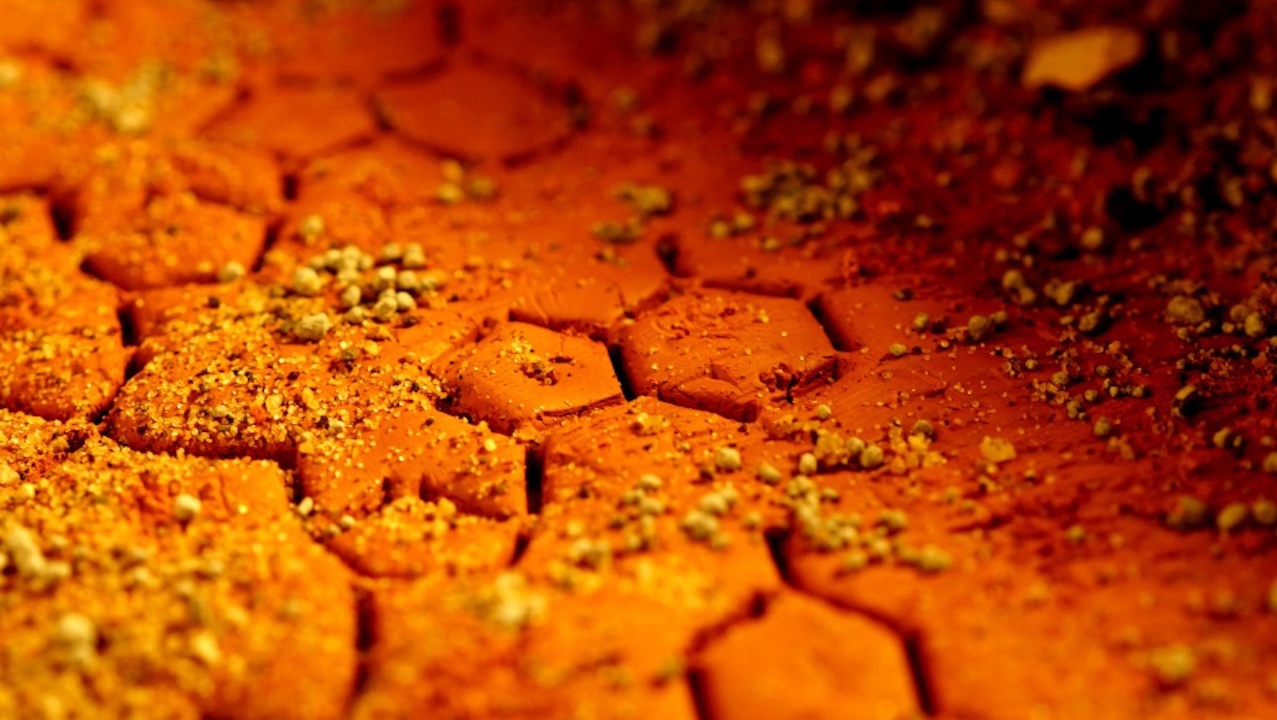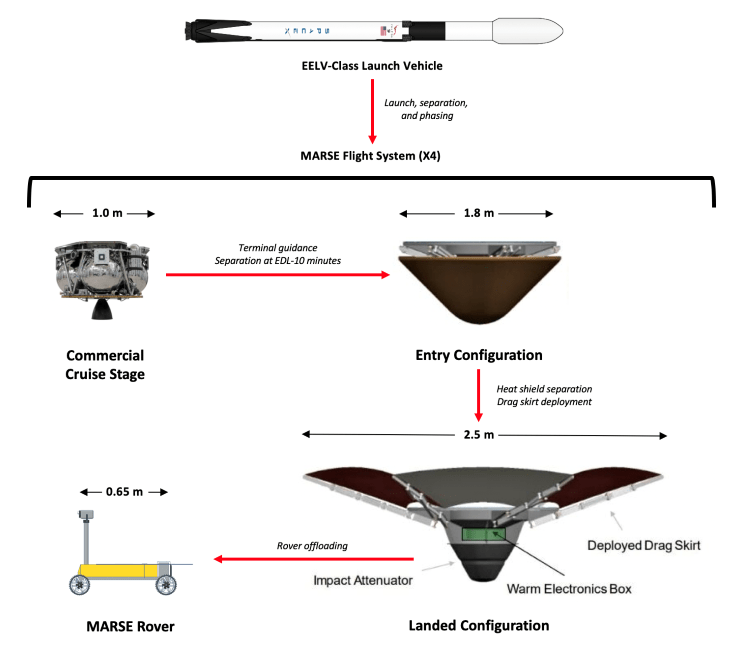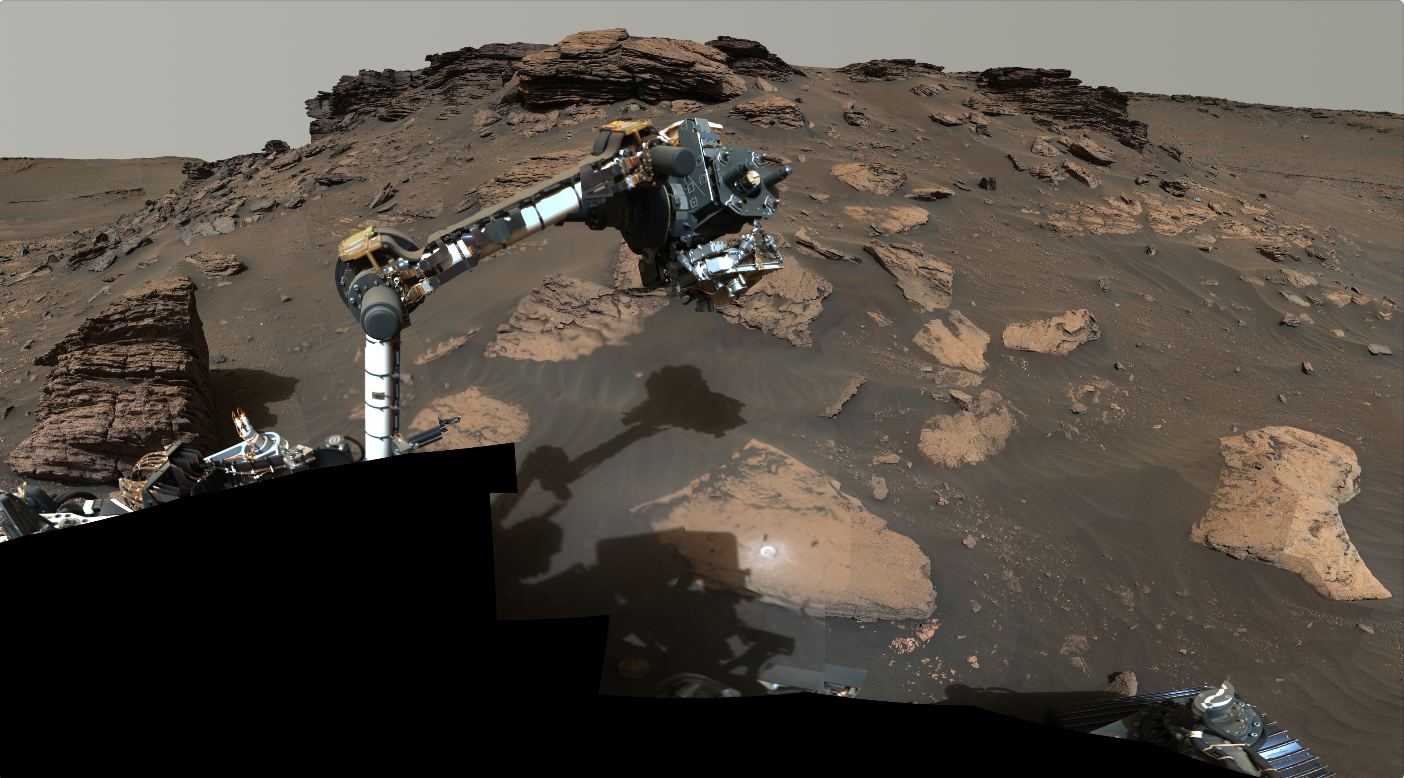Mars has been a fascination to us for centuries. Early observations falsely gave impressions of an intelligent civilisation but early visiting probes revealed a stark, desolate world. Underneath the surface is a few metres of water ice and a recent study by NASA suggests sunlight could reach the layer. If it does, it may allow photosynthesis in the meltwater. On Earth this actually happened and biologists have found similar pools teeming with life.
Continue reading “How Life Could Live Under the Ice on Mars”How Life Could Live Under the Ice on Mars







